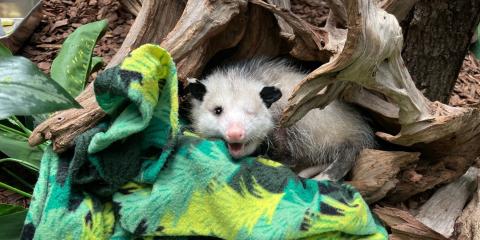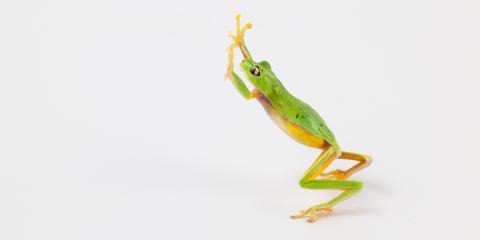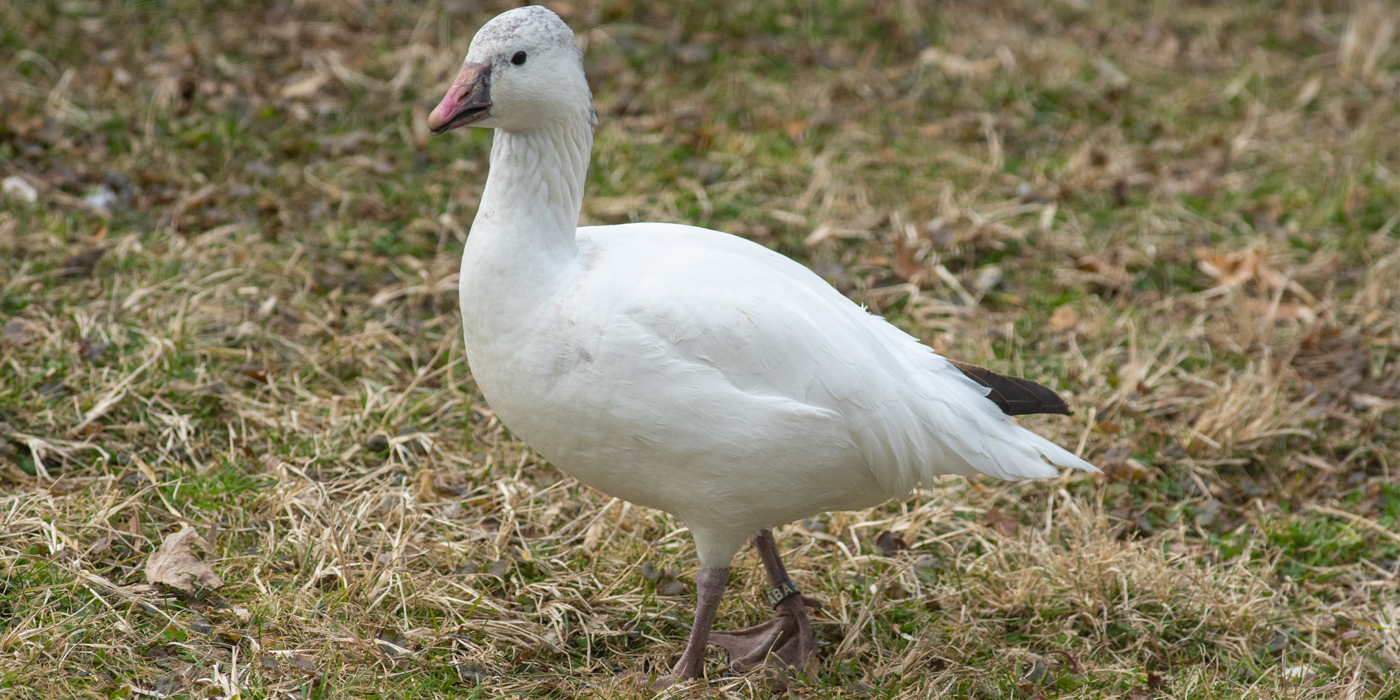Physical Description
Size
Described as the “pint-sized” version of the snow goose, Ross’s geese typically measure about 22 to 25 inches (56 to 63 centimeters) long with a wingspan of about 44 to 45 inches (112 to 114 centimeters). Their small size may make them more maneuverable in the air.
Native Habitat
Ross’s geese are native to central North America. They breed in the far north, and spend the winter in the Midwestern United States, with scattered populations in California and on the Atlantic Coast.
Whether in the breeding season, migrating or wintering, Ross’s geese prefer open environments including lakes, ponds, grasslands, farms and wetlands.
Lifespan
Communication
Food/Eating Habits
Social Structure
Reproduction and Development
Ross’s geese form long-term, mating pairs; males and females stay together and rear young together for several breeding seasons in a row.
They build their nests—which are made of leaves, twigs and other plant materials—on islands or in sheltered places in grasslands or marshes. Female Ross’s geese lay about four white eggs and incubate them for 21 to 23 days. While only the mother sits on the eggs, the fathers stay nearby to protect the territory and guard the eggs when the mother takes a short break to eat.
Goslings can feed themselves and swim when they are a day old, but they stay under close watch of their parents for about a year. The young geese won’t mate until they are 2 or 3 years old.
Conservation Efforts
Due to overhunting, Ross’s geese were rare before the early 20th century, but the Migratory Bird Treaty Act and other conservation efforts helped their numbers rebound.
Help this Species
- Reduce, reuse and recycle — in that order! Cut back on single-use goods, and find creative ways to reuse products at the end of their life cycle. Choose recycling over trash when possible.
- Practice ecotourism by being an advocate for the environment when you’re on vacation. During your travels, support, visit or volunteer with organizations that protect wildlife. Shop smart too! Avoid buying products made from animals, which could support poaching and the illegal wildlife trade.
- Are you a hunter? You can be an incredible ally for conservation! Check the conservation status of the animals you hunt and use methods that don’t impact other animals.
- Share the story of this animal with others. Simply raising awareness about this species can contribute to its overall protection.
- Save water by switching to low-energy appliances, fixing leaks and turning off faucets when they aren't in use.
Animal News

Remembering Basil, Our Virginia Opossum


